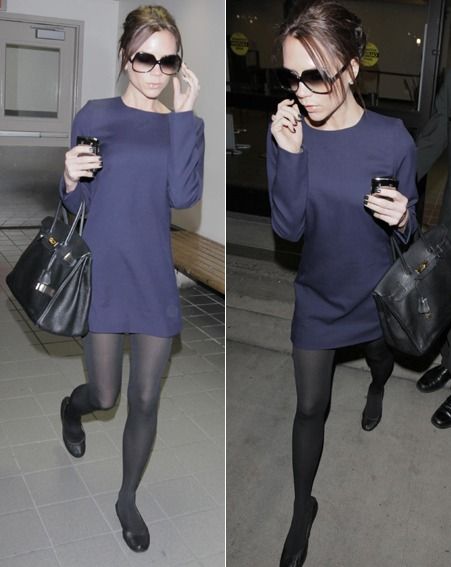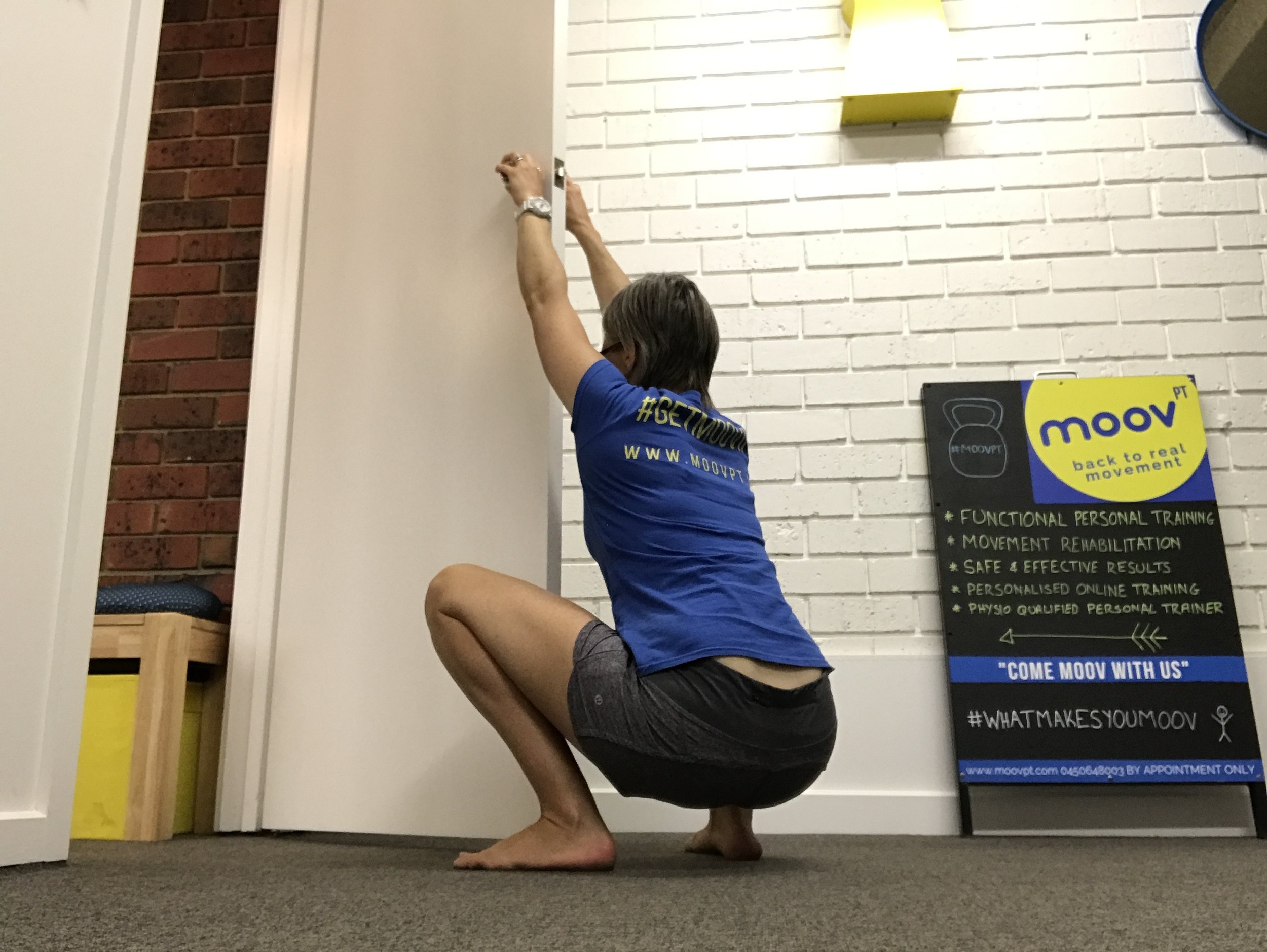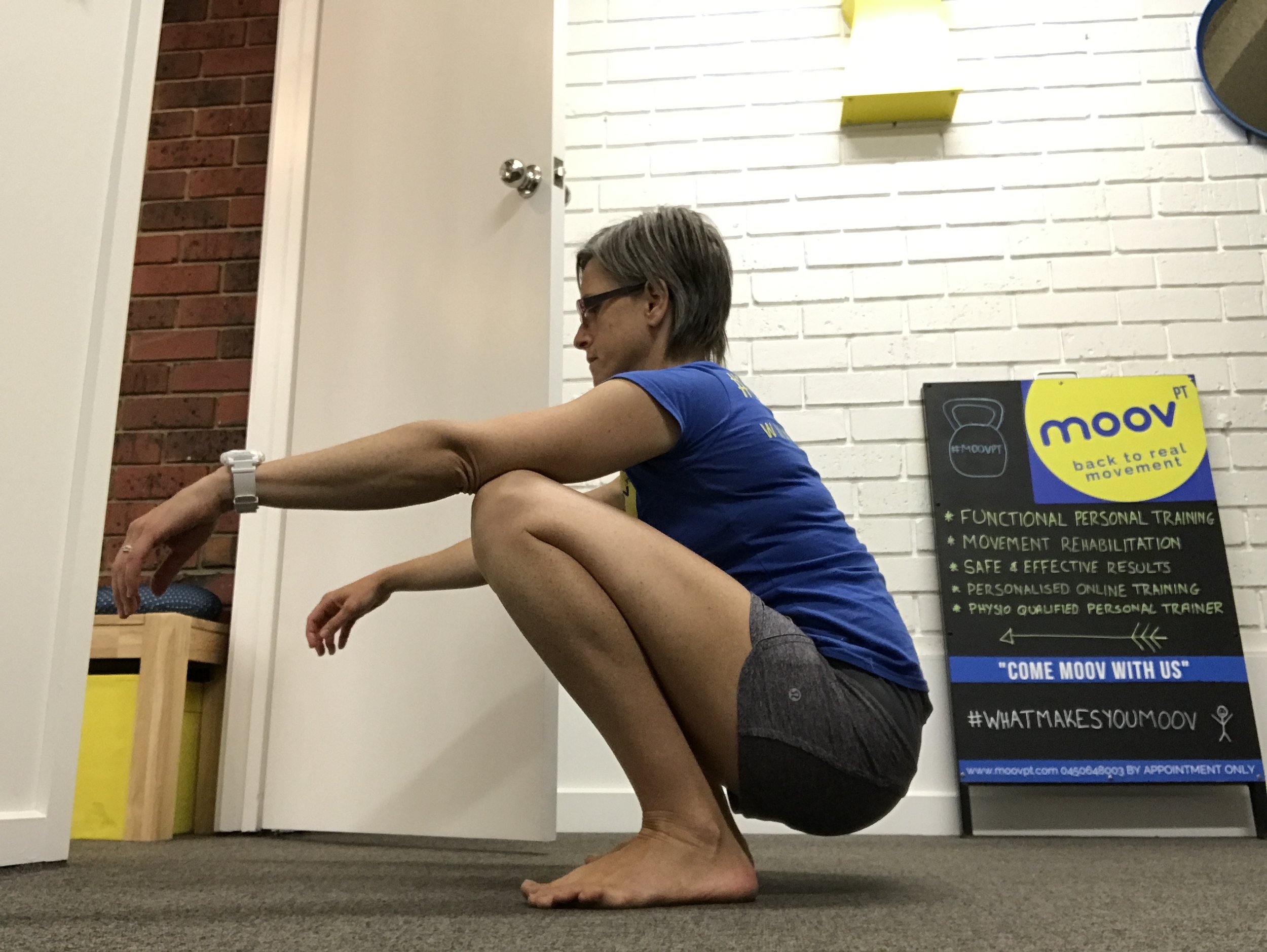How often do you take your shoes off just to feel the grass between your toes, walk around the house barefoot because you can? My guess is probably not often enough ...
Your feet are incredibly important and were designed to be mobile, otherwise you wouldn't have 26 bones in such a small body part. But feet that sit in shoes all day long (particularly high heels, steel-capped boots or any heavy, high-ankle or thick-soled shoe) are not happy feet. They need to breathe and have the freedom of movement.
Because of the amount of nerve endings found in the feet (more per square centimetre than any other part of the body) , they're your gateway to proprioception (awareness of where your body is in relation to space). So imagine if your feet were stuck in thick-soled, flat shoes all day, not knowing if there was a need to alter your movement due to uneven ground, inclines, declines or changes in temperature. These are all important messages that should be received through your feet, but when they're constricted within shoes, the brain doesn't receive the feedback.
Stiffness in your feet can eventually affect muscles and joints higher up in the kinetic chain, like ankles, knees, hips and spine. Paying attention to and exercising your feet can change pain experiences in other areas of your body...never underestimate the importance of happy, healthy feet! Here are three things you can do to reclaim your feet.













